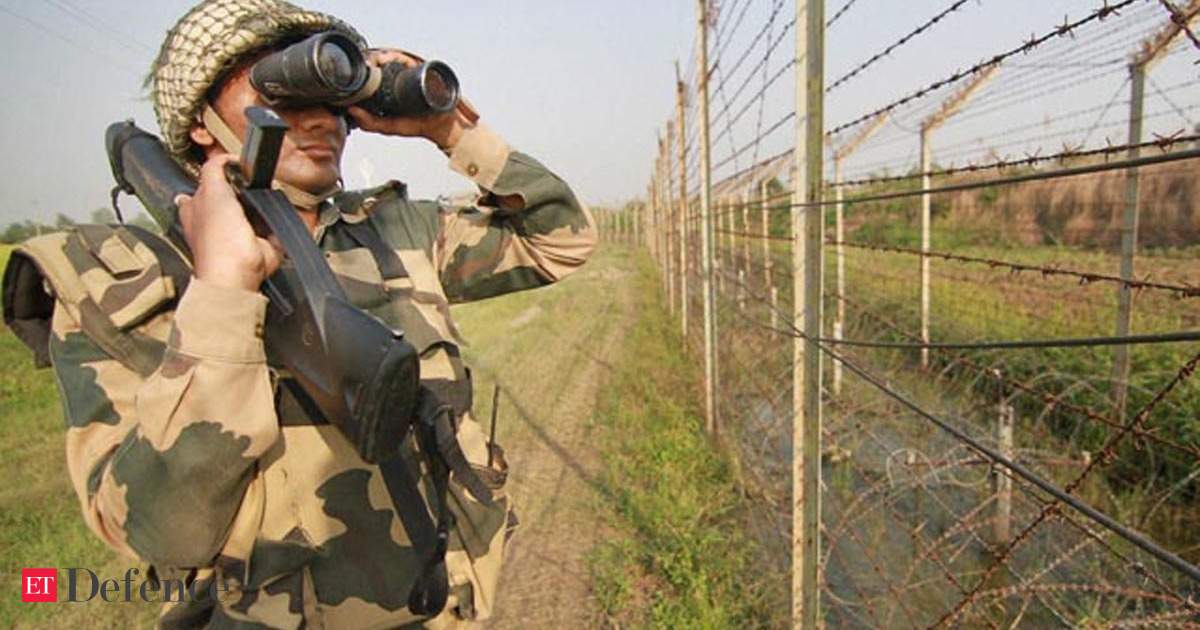Edit :- I am posting news articles along with dates to have better idea of the chronology of the events, I might even posts articles as back as 2003, so feel free to juggle the order of the posts after a while.
Date :- September 17, 2018

 www.firstpost.com
www.firstpost.com
"Union Home Minister Rajnath Singh arrived in Jammu and Kashmir on Monday to inaugurate two pilot projects of 'smart' border fencing built under the Comprehensive Integrated Border Management System (CIBMS) programme "
"The two projects, each covering a 5.5 km-border stretch along the IB in Jammu, are set to get a first-of-a-kind high-tech surveillance system that will create an invisible electronic barrier on land, water and even in air and underground, helping the Border Security Force (BSF) detect and foil infiltration bids in the most difficult terrains.
CIBMS involves deployment of a range of state-of-the-art surveillance technologies -- thermal imagers, infra-red and laser-based intruder alarms that form an invisible land fence, aerostats for aerial surveillance, unattended ground sensors that can help detect intrusion bids through tunnels, radars, sonar systems to secure riverine borders, fibre-optic sensors and a command and control system that shall receive data from all surveillance device in real time.
The programme is a more robust border management system which is seamlessly integrating modern technology with human resource, a Home Ministry official said."
""Based on integrated border management system, this virtual fence would be first of its kind initiative in India," said the official. "
Date :- September 17, 2018

Rajnath Singh to inaugurate 'smart border' fence in Jammu and Kashmir; system features invisible electronic barriers underground
Union Home Minister Rajnath Singh arrived in Jammu and Kashmir on Monday to inaugurate two pilot projects of “smart” border fencing built under the Comprehensive Integrated Border Management System (CIBMS) programme.
"Union Home Minister Rajnath Singh arrived in Jammu and Kashmir on Monday to inaugurate two pilot projects of 'smart' border fencing built under the Comprehensive Integrated Border Management System (CIBMS) programme "
"The two projects, each covering a 5.5 km-border stretch along the IB in Jammu, are set to get a first-of-a-kind high-tech surveillance system that will create an invisible electronic barrier on land, water and even in air and underground, helping the Border Security Force (BSF) detect and foil infiltration bids in the most difficult terrains.
CIBMS involves deployment of a range of state-of-the-art surveillance technologies -- thermal imagers, infra-red and laser-based intruder alarms that form an invisible land fence, aerostats for aerial surveillance, unattended ground sensors that can help detect intrusion bids through tunnels, radars, sonar systems to secure riverine borders, fibre-optic sensors and a command and control system that shall receive data from all surveillance device in real time.
The programme is a more robust border management system which is seamlessly integrating modern technology with human resource, a Home Ministry official said."
""Based on integrated border management system, this virtual fence would be first of its kind initiative in India," said the official. "
Last edited:




